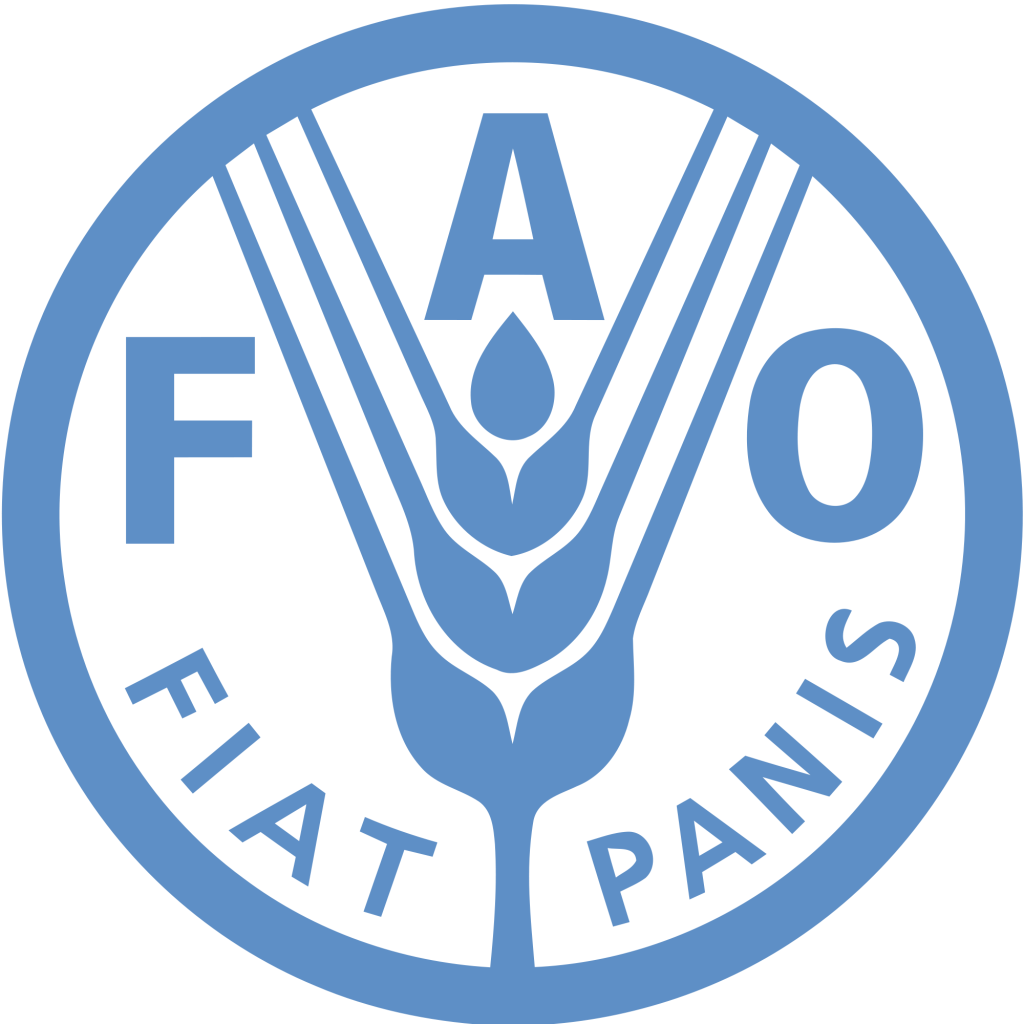Location
The vision of the FAO office in Bangkok is a food-secure Asia and the Pacific region.
Its mission is to help member countries halve the number of undernourished people in the region by raising agricultural productivity and alleviating poverty while protecting the region’s natural resources base.
Agricultural growth in Asia-Pacific has stagnated in recent years, with a serious decline in agricultural investment, and depletion and degradation of natural resources in the face of continued population growth.
The benefits of the green revolution have now been fully realized and there are no revolutionary technologies on the horizon that can rapidly and sustainably reinvigorate agriculture.
Outward migration, especially of the young generation, has led to the "greying" and feminization of the sector; the coping mechanisms of poor households are few, given their limited assets and the fact that a deep recession occurred so soon after the food crisis.
Climate change will impact agriculture in many ways, particularly in areas vulnerable to natural disaster.
The opening of markets improved the mobility of people, goods and services and created employment opportunities for the labour-rich Asia-Pacific economies. At the same time the growing links within the region and with the rest of the world ushered in risks of transboundary plant pests and animal diseases.
Members:
Resources
Displaying 36 - 40 of 293Investment in Forest Resources. Asia-Pacific Forests and Forestry to 2020. GMS Forest Policy Brief 01
With 48% forest cover, the Greater Mekong Subregion still has large areas of forest remaining. The area of primary forest is, however, low and falling, while large tracts of forest are highly degraded and forest planting rates remain low in most countries. Reinvestment in forests is necessary to maintain wood and timber production, support biodiversity conservation and climate change mitigation, revitalise rural economies and protect against natural hazards and the impacts of climatic alterations. For a greener future, investment in forestry is essential.
Investment in Forest Resources. Asia-Pacific Forests and Forestry to 2020. GMS Forest Policy Brief 01
With 48% forest cover, the Greater Mekong Subregion still has large areas of forest remaining. The area of primary forest is, however, low and falling, while large tracts of forest are highly degraded and forest planting rates remain low in most countries. Reinvestment in forests is necessary to maintain wood and timber production, support biodiversity conservation and climate change mitigation, revitalise rural economies and protect against natural hazards and the impacts of climatic alterations. For a greener future, investment in forestry is essential.
Investment in Forest Resources. Asia-Pacific Forests and Forestry to 2020. GMS Forest Policy Brief 01
With 48% forest cover, the Greater Mekong Subregion still has large areas of forest remaining. The area of primary forest is, however, low and falling, while large tracts of forest are highly degraded and forest planting rates remain low in most countries. Reinvestment in forests is necessary to maintain wood and timber production, support biodiversity conservation and climate change mitigation, revitalise rural economies and protect against natural hazards and the impacts of climatic alterations. For a greener future, investment in forestry is essential.
Forests and Gender in a Changing Environment. Asia-Pacific Forests and Forestry to 2020. Forest Policy Brief 08
Addressing the role of women in forestry is central to sustainable resource management and rural livelihood improvement. Improving women’s access to forest resources and effectively including them in decision making leads to greater investment in children’s welfare and has positive effects on economic growth and sustainable resource management. Opportunities for women to adopt new roles and improve their livelihoods are increasing but gender imbalances still threaten sustainable development.
Forests and Gender in a Changing Environment. Asia-Pacific Forests and Forestry to 2020. Forest Policy Brief 08
Addressing the role of women in forestry is central to sustainable resource management and rural livelihood improvement. Improving women’s access to forest resources and effectively including them in decision making leads to greater investment in children’s welfare and has positive effects on economic growth and sustainable resource management. Opportunities for women to adopt new roles and improve their livelihoods are increasing but gender imbalances still threaten sustainable development.

